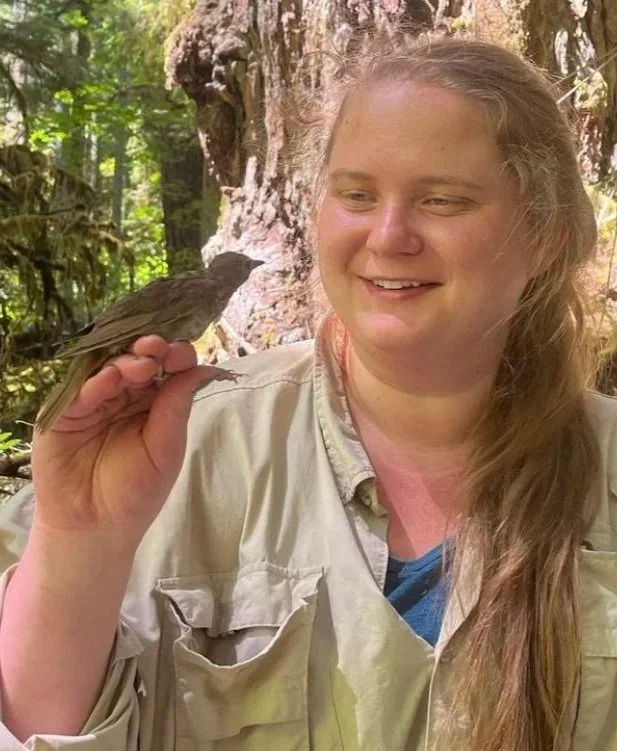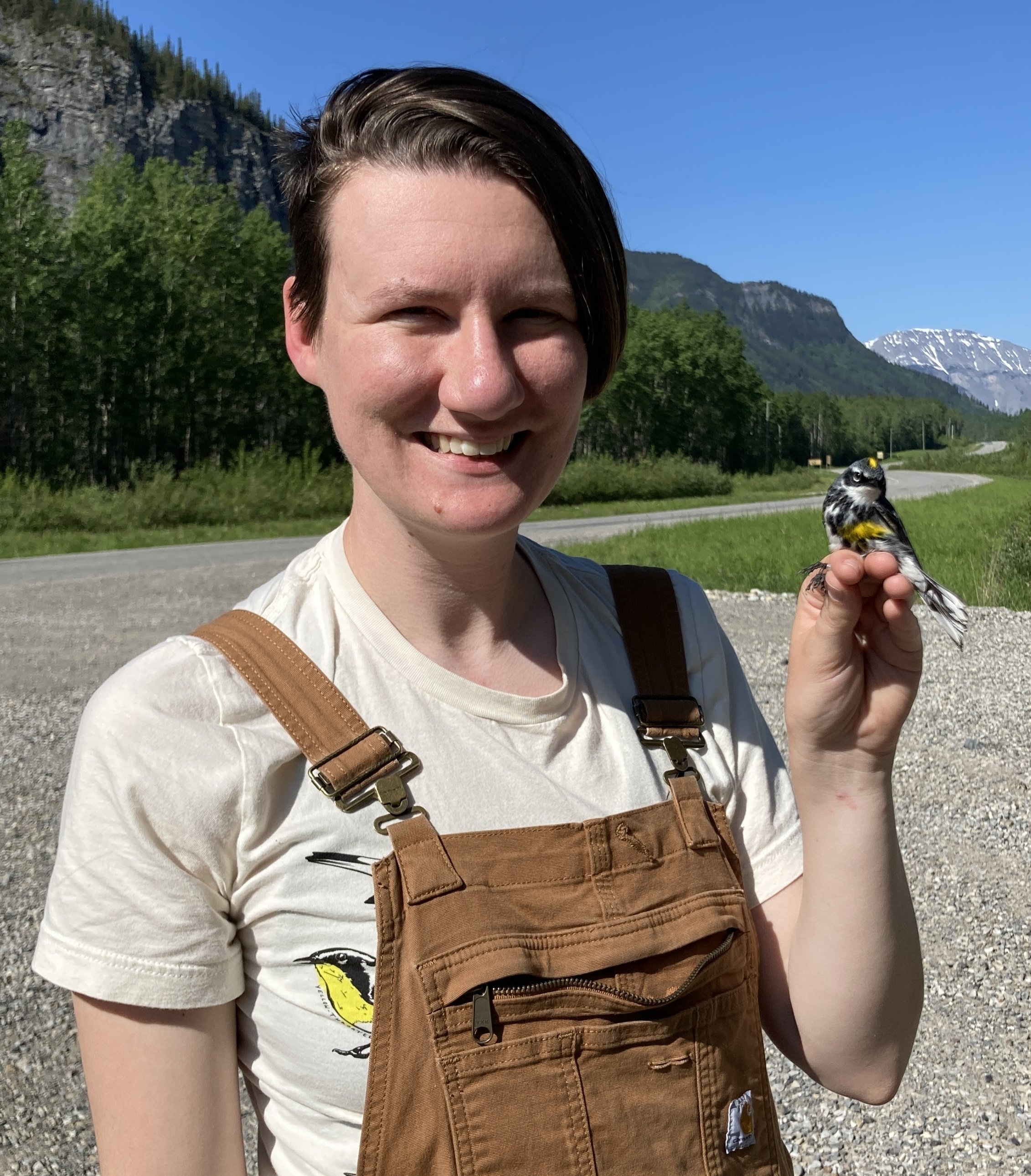Nathan Cooper is a Research Ecologist. A native Michigander, Nathan grew up playing in the woods and catching frogs in suburban Detroit. The son of two public school science teachers, Nathan has had a lifelong interest in science and nature. He received a B.S. in Fisheries and Wildlife from Michigan State University, a M.S. in Biology from Portland State University, and a Ph.D. in Ecology and Evolutionary Biology from Tulane University. He moved to Washington, DC as a predoctoral fellow and after a few years as a postdoctoral fellow was promoted to Research Ecologist in 2020. In his spare time, Cooper enjoys spending time with his family, rock climbing, cycling, dungeons and dragons, landscape photography, and reading science fiction novels.
Keeta Moore is a M.S. student at the University of Georgia. She received her B.S. in Fisheries and Wildlife with a minor in sculpture at UGA. Her interest in the outdoors came from childhood summers spent exploring the South African bushveld with her mother, and her specific desire to work with birds came from interning in the avian department at White Oak Conservation Center. For her M.S. Thesis, she is studying the pairing rate of Kirtland’s warblers in order to help build a more accurate population model. When not in school she loves cuddling with her cats, traveling, metalworking, and reading fantasy books.
Katie Galletta is an ecologist fascinated by bird movements and migrations, the technologies we use to track them, and the application of movement research towards habitat and species conservation efforts. Having grown up in the forests and mountains of New Hampshire, she received her B.A. in Ecology, Evolution, and Marine Biology from Bowdoin College in Maine. She is currently a Ph.D. student at the University of Illinois Urbana-Champaign under the direction of Michael Ward, TJ Benson, Nathan Cooper, and Bryant Dossman. Her research focuses on tracking Kirtland’s Warblers using multi-sensor geolocators to better understand their migratory routes and the anthropogenic threats they face along the way. In her free time, Katie serves on the board of trustees for Maine Audubon and enjoys birding, hiking, camping, cooking, reading, quilting, gardening, and barre.
Maddie Sutton is a community ecologist focused on the local and regional-scale effects on songbird demography, stress, and behavior. She grew up surrounded by pigeons in New Jersey and completed her Bachelor of Science studying warbler stopover behavior at Hobart and William Smith Colleges in Geneva, New York. She then went on to receive her PhD from Marquette University, conducting the majority of her research at the H.J. Andrews Experimental Forest in Oregon. She is currently a postdoctoral fellow in the Cooper Lab, studying how migratory distance and destination impact songbird fecundity across North America. When not at work, Maddie can be found (re) watching all 49 seasons of Survivor, taking cycling classes, or napping.
Steph Szarmach is a postdoctoral fellow and evolutionary ecologist. Steph received her B.A. in Biology and Environmental Studies from Oberlin College and got her start in avian research through the REU in Raptor Research program at Boise State. She then spent several years working as an avian field technician, counting and banding migrating raptors for the Golden Gate Raptor Observatory and Hawkwatch International, and conducting surveys for the Intermountain Bird Observatory. Steph earned her M.S. from Northern Michigan University, where she studied the population genetics of blue wildebeest in western Zambia, and her Ph.D. from Penn State University, where she investigated the evolution and genomics of seasonal migration in the parulid warbler family. In the Cooper lab, Steph is using multi-sensor geolocator and remote sensing data to investigate the influence of vegetation phenology on migration timing in painted buntings and Kirtland’s warblers. In her spare time, Steph enjoys hiking, reading, watching movies, and playing video and tabletop games.
Former lab members:
Fernando López: Postdoctoral Researcher 2022-2025
Haley Haradon: M.S. Student 2022-2024




